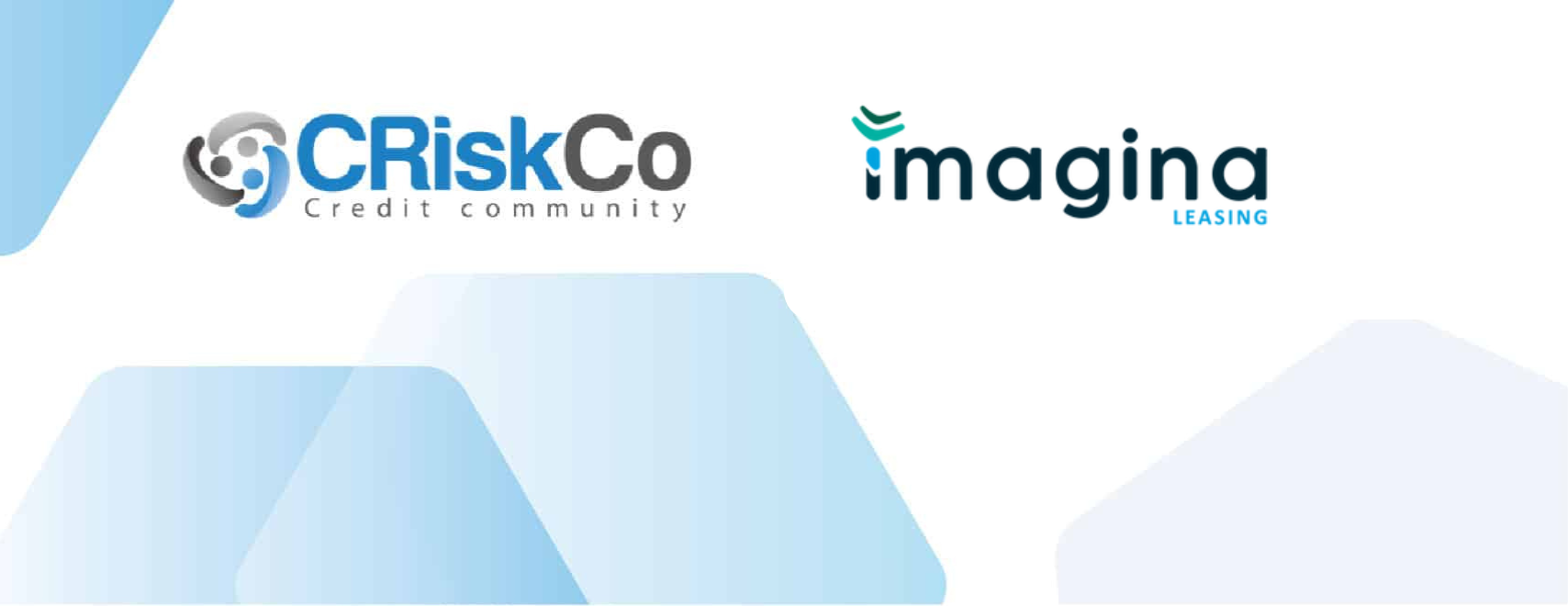- Blog
- Dec 06
How to assess borrowing capacity?
To keep their finances in order and maintain a healthy cash flow, all SMBs should pay special attention to their capacity for debt. Similarly, in order for financial institutions to understand the risk that their clients may pose, this is a factor that they must make very clear with regard to them.
It is estimated that businesses in Mexico have accumulated debts totaling more than 35,000 billion dollars. A number that may seem impressive at first glance, but which actually refers to the financing requirements for growth, always and wherever such debts are under control, rather than blatantly speaking about businesses with high chances of failing.
What exactly is borrowing capacity, and with what elements are evaluated?
This is where this concept becomes relevant, which refers to the limit amount of debt that a company can assume, in this case, without endangering its economy and financial health, so that it has a comfortable solvency for able to pay creditors.
Although companies can themselves determine how much their capacity is, normally those who are in charge of calculating it are financial institutions, through a credit report, when the first ones go to them to request resources.
The objective of knowing this factor is that SMEs can be provided with an amount of money that they can handle, and that they know what levels they can control.
EBITDA and its usefulness in granting credit
To assess debt capacity, first study EBITDA, which means Earnings before interest, taxes, depreciation, and amortization, and the stability of this indicator.
It indicates the losses and profits that a business is capable of generating, based on its main exploitation.
To calculate it, the operating result of a business must be known, removing tax or interest expenses, as well as decreases in value due to amortization or depreciation. Such that the formula could be summarized as follows:
EBITDA=Total income – costs of sales – administration costs
If the result is positive, the business is profitable, while if it is negative, financial institutions may consider moving on from it.
Measure interest coverage
This is another crucial element in the credit granting process, as it also provides valuable information.
It is an indicator that shows how many times a company can take care of paying the interest generated by its debts, exposing its level of leverage.
It is obtained by dividing the BAII or Earnings Before Interest and Taxes, between the total interest to be paid. So the formula looks like this:
Interest coverage=EBIT/total interest
With the reviewed elements, it is possible to evaluate how capable a company is to face its debts.
An API to facilitate the work
As you can see, measuring debt capacity is key so that, as a lender, you know how much capital your clients can handle without problem, and to facilitate the process you can use an interface that calculates all the necessary ratios quickly and easily.
This interface is the CRiskCo’s API, which, with all the benefits of Open Finance, produces a credit report with everything you need to know about your potential borrower, so that you can offer tailor-made financing, without implying risk or for their business or for yours.
Try CRiskCo, benefit from the indicators and secure your resources.
Related Posts

Case Study: Imagina Leasing’s Improved Credit Decisions
Executive Summary Imagina Leasing, a leader in Mexico’s leasing industry, was on a mission to enhance the precision and security of its credit evaluations. Facing challenges in verifying financial documents and managing risks, they turned…
- Nov 14

Strengthen Risk Management with the New Financial Suppliers Tab
We’re thrilled to unveil an exciting update to our UI! Introducing the “Financial Suppliers” tab, now available on the company reports page and in the SAT information report. Know Your Competition and Past Financing Deals…
- Jul 29
Recent Posts
Subscribe
Join our newsletter and stay up to date!